Gertrude Stein Monument
Introduction
Author-Uploaded Audio
00:00 / 00:00
Gertrude Stein reads from a section of The Making of Americans in 1935 (PennSound at the University of Pennsylvania)
Text-to-speech Audio
Images
This statue is based on a sculpture of Stein made in Paris by Jo Davidson in 1923
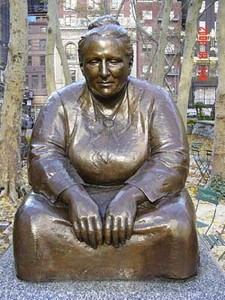
Stein in 1913
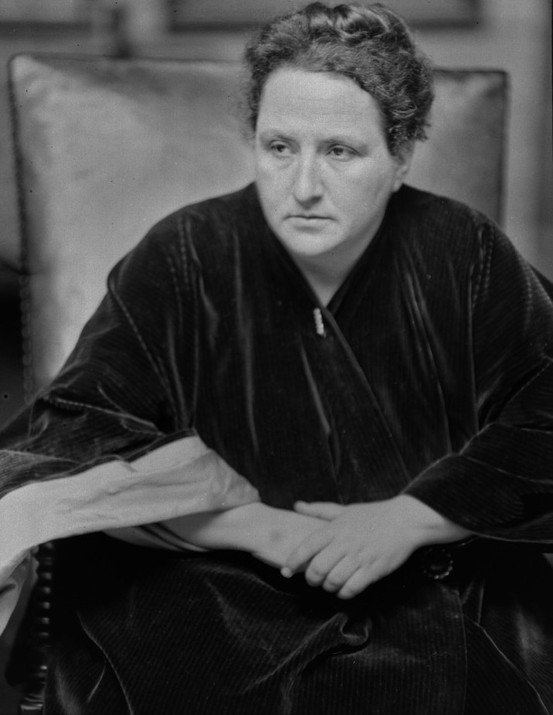
"Gertrude Stein sitting on a sofa in her Paris studio..."
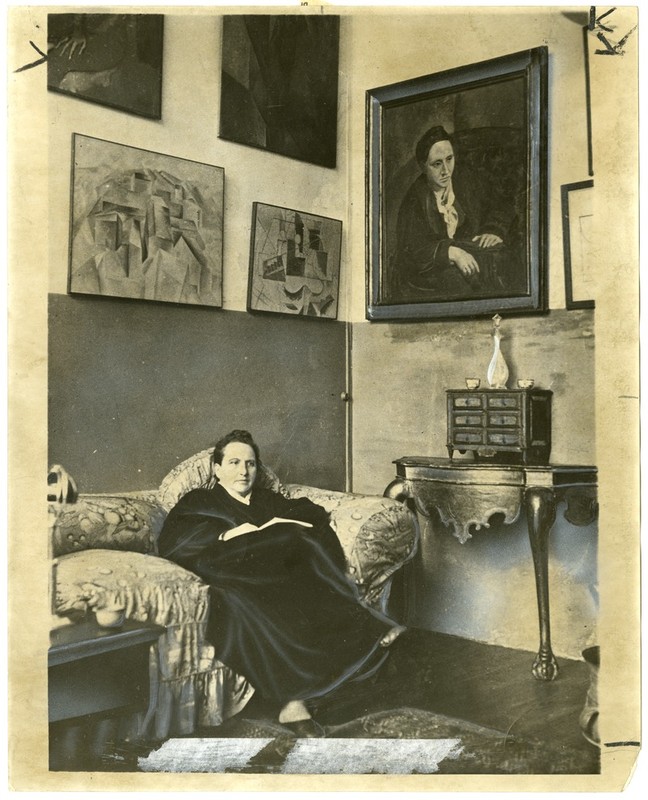
Portrait of Gertrude Stein by Pablo Picasso, 1906, Metropolitan Museum of Art
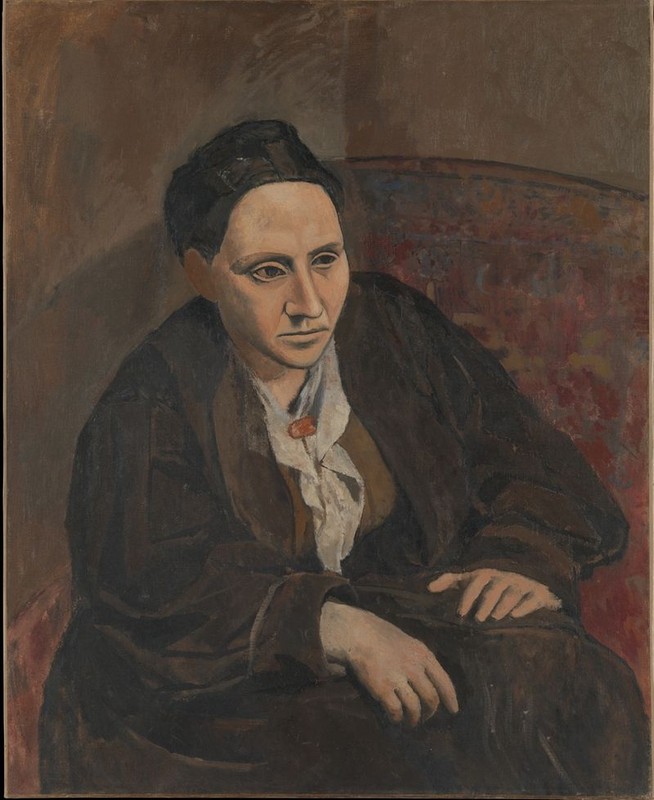
Stein and Toklas in 1923
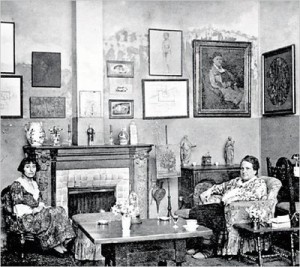
Gertrude Stein and Alice B. Toklas in 1934

Stein poses for Jo Davidson--this sculpture was the basis for the Bryant Park statue.
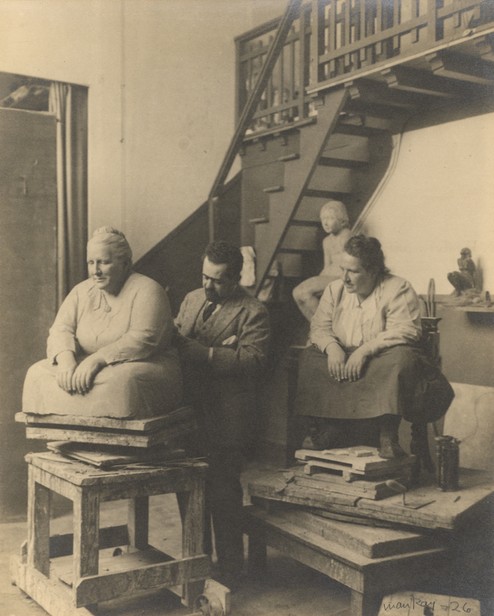
The Autobiography of Alice B. Toklas-Click the link below for more information about this book
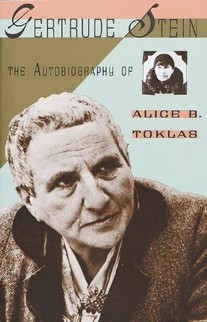
Gertrude Stein: Writings, 1903 to 1932-Click the link below for more information about this book
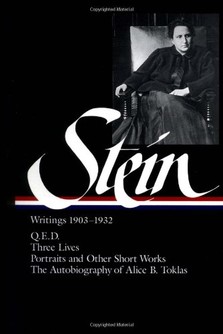
Backstory and Context
Author-Uploaded Audio
00:00 / 00:00
Gertrude Stein reads from "If I Told Him: A Completed Portrait of Picasso" in 1935 (PennSound at the University of Pennsylvania)
Text-to-speech Audio
Gertrude Stein was born on February 3, 1874 to Daniel and Amelia Stein in Allegheny, PA (now part of Pittsburgh). She spent a few early years in Vienna and Paris because her father wanted the five children to be educated along European models. The family returned to California when Stein was five. Amelia and Daniel Stein both died by the time Gertrude Stein was seventeen and she briefly moved to Baltimore to live with other family. Of her siblings she was particularly close to Leo Stein and when he enrolled in Harvard she also moved to Cambridge to enroll as a special student at Radcliff (Harvard Annex) in 1893.
Her early writings from her college years engaged in feminist themes and first experimented with a masculine authorial voice. She did not like the “American ‘Anglo-Saxon’ college girl type” that she found at Radcliff and her musings explored themes of sexual repression and dissatisfaction with female education. She ended up switching from creative writing to science because she could pursue a more masculine and objective writing style. She studied psychology, zoology, and botany, and showed great promise in these fields. She was heavily influenced by Darwin’s theory and her mentors were leaders in defining the “American mental quality” and eugenics. Stein entered the Harvard Psychology Laboratory in 1893 and studied psychology and neuropsychology, fields that were brand new. She was interested in nervous conditions, especially in women, and did experiments classifying different personality types and correspondent physical traits. She wrote several articles on her medical work with her mentors and alone during these years. Stein aimed to become a nurse and enrolled in John Hopkins Medical School where she studied the brain. She excelled in the laboratory sections of the coursework, but quickly learned that she was not happy working with patients. She completed most of her course of study but did not finish her medical degree.
It was during her college years that she had her first romantic relationships with other women. She detailed some of this period in her first fictional piece Quod Erat Demonstrandum (QED) which was not published until 1950, after Stein’s death, due its subject matter of a lesbian romance. When her first romance ended (the other women married men to enter respectable society) Stein started spending more time in Europe. Her brother Leo had moved to Europe to engage in the art world there and Stein traveled back and forth for a few years before settling in Paris in 1904. Leo and Gertrude Stein lived together in Paris for several years, a living arrangement that allowed Stein to spend more time writing. She began to build the persona of Gertrude Stein that she would be known for, including her style of dress in loose and more eccentric robes. With Leo, Stein began building a collection of modern art and supporting artists such as Matisse and Picasso that began bringing more social visitors to their Paris home. As they built a circle of artist and writer friends and drew curious visitors wanting to see their collection, the Steins decided to hold a set time for visitors on Saturday nights. This was the beginning of what would be the most famous artistic salon in the city. Leo and Gertrude Stein were at the center of the art world in Paris for a time, helping artists like Picasso rise to fame (Picasso’s portrait of Gertrude Stein was the first of his pieces acquired by the Metropolitan Museum of Art) and introducing modern art into the United States through other members of the Stein family.
In Paris Stein felt removed from the American social pressure to marry and have children to settle into respective society. She began writing more consistently and drew much inspiration from the conversations she held in the salon and with workers and visitors in Paris. Three Lives, published in 1909, began Stein’s public reputation as a writer and introduced her writing style of trying to represent consciousness in words without much editing or revising. She also steadily worked on her massive work, The Making of Americans, about the making of the American character which was published in 1925. Beside not revising her work, Stein’s writing increasingly dropped punctuation, paragraph structure, syntax, and other rules of writing.
One of the biggest influences on Gertrude Stein’s life and writing was her life-partner Alice Toklas whom she met in 1907 through a mutual acquaintance. Stein proposed to Toklas in 1908 and Toklas moved into the Stein home as her wife by 1910. Stein’s brother, Leo, left their home a few years later and grew increasingly estranged from his sister (largely due to his dislike of her work). Stein and Toklas would remain together until Stein’s death; their 40-year monogamous relationship and their nonchalant presence in Paris society (they were not part of the lesbian “scene” there) contributed to Stein being a gay icon later on. Stein’s relationship with Toklas changed the subjects and tone of her writing and Toklas became her assistant in typing, commenting on Stein’s work, and managing the household so that Stein could write. After Leo Stein left, the salon radically changed and then WWI began. After the war when more Americans flooded into France, the salon occurred every afternoon as Americans came to visit the couple and discuss literary subjects. Stein described these Americans fleeing the post-war United States as the “lost generation,” an idea that would influence other writers such as Hemingway.
While Stein was constantly writing, it was the 1930s when she received attention more for her work than her personality in Paris. She shed her usual literary style to write The Autobiography of Alice B. Toklas (1932), which she wrote in Alice’s “voice.” This work was widely received and groundbreaking for Stein’s career as a writer. This was followed in 1934 with the smashing success of her play Four Saints in Three Acts in New York; she wrote the libretto for Virgil Thompson, who wrote the score and staged the play using a Black cast (popular to white New Yorkers due to the Harlem Renaissance). With the play’s success, friends encouraged Stein to visit the United States to benefit from it. Stein and Toklas traveled to New York in 1934 (Stein’s return to the US after thirty years) and she went on a publicity tour across the country, largely orchestrated by Toklas who traveled with Stein as her “secretary” or “traveling companion.” This was Stein’s first attempt at using her persona to make money from her work and it both benefited and bothered her. On returning to France in 1935, Stein wrote Everybody’s Autobiography which built on the fame of the first, but reclaimed her more distinct style and point of view.
With the coming of WWII, Stein and Toklas were both in danger as American Jews in France. However, despite the urging of everyone around them to flee to the United States for safety, the women decided to remain in France (they did send many of Steins papers to Yale for safekeeping at this point). They spent much of the German occupation in their country house in Bilignin and remined largely unmolested. The reasons for their safety remain somewhat contested, but they were in part protected by those in power. Friends with influence with the Nazis and Vichy government made sure they were not bothered and that they did not appear on the lists of Jewish residents. One of these acquaintances, Bernard Faӱ, was later put on trial for his actions during the war and Stein and Toklas defended him. Stein continued writing throughout the war although Toklas did not type it all up to prevent the Germans from reading it. Her most famous piece from the wartime period was Wars I Have Seen which chronicled the last stage of the war, 1934-44, as well as the impact of occupation on France. The experience of the war forced her to be more present and engage in public affairs. Many American GIs came to visit, especially after she and Toklas returned to Paris in 1944, and the couple traveled to visit American soldiers in Germany.
Despite her position in the art and literary world and her identity as a lesbian, Stein was a conservative who had supported Franco and encouraged individualism. Her postwar book Brewsie and Willie was based on her conversations with American GIs using the style of dialect and dialogue. It was a critique of what Stein saw as spoiled American culture and the evils of industrialization in the US, and a call for individualism. After the war her writings also commented on the race issues of America, the meaning of freedom, and feminist ideas. Her last full-length work was the libretto for The Mother of Us All about Susan B. Anthony.
By 1946 Stein was suffering from stomach cancer. She died on July 27, 1946 at age 72 while undergoing surgery for her cancer. She was buried in Pére Lachaise cemetery in Paris; Alice would survive her by twenty years and be buried with her. Several of her works, as well as letters and poems with Toklas, were published after her death. Stein’s writing gained new attention starting in the 1970s with the rise of post-modernism and as an icon of gay culture. She was known for her use of autobiography and for her unique and avant-garde writing style. As Lucy Daniel wrote, “Stein’s true radical legacy lay in her insistence on showing how words and their meanings could be undone; she took it as her right that she had the freedom to use words exactly as she pleased, and in doing so she undermined the relation between words and the world…” Stein is recognized for both her work in supporting in the arts and her literary contributions. According to the Yale catalogue of her works she wrote 571 pieces in a variety of forms from poetry and novels to scientific works, librettos, and autobiographies.
Cite This Entry
Admin, Clio, David J. Trowbridge, and Kathleen Thompson. "Gertrude Stein Monument ." Clio: Your Guide to History. October 9, 2020. Accessed March 23, 2025. https://theclio.com/entry/21864/tour/7
Sources
Daniel, Lucy. Gertrude Stein. London: Reaktion Books Ltd., 2009.
Malcolm, Janet. Two Lives: Gertrude and Alice. New Haven: Yale University Press, 2007.
"Gertrude Stein." Wikipedia. Accessed October 9, 2020. https://en.wikipedia.org/wiki/Gertrude_Stein.
"Gertrude Stein sitting on a sofa in her Paris studio, with a portrait of her by Pablo Picasso, and other modern art paintings hanging on the wall behind her." Library of Congress. Accessed October 9, 2020. http://loc.gov/pictures/resource/ppmsca.30616/.
"Gertrude Stein." Wikipedia. Accessed October 9, 2020. https://en.wikipedia.org/wiki/Gertrude_Stein.
"Gertrude Stein." Jewish Women's Archive. Accessed October 9, 2020. https://jwa.org/people/stein-gertrude.
"Alice B. Toklas." Britannica. Accessed October 9, 2020. https://www.britannica.com/biography/Alice-B-Toklas.
"Gertrude Stein posing for sculptor Jo Davidson." The J. Paul Getty Museum. Accessed October 9, 2020. http://www.getty.edu/museum/media/images/web/enlarge/05327701.jpg.

